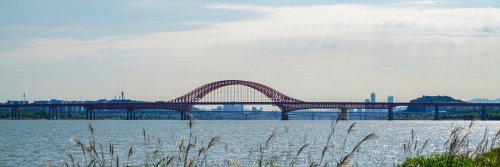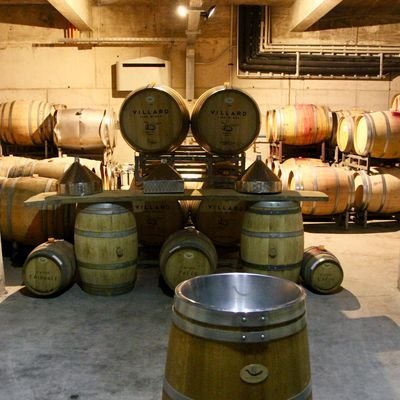As a Wise Traveller, you probably want to be smart and slow, soaking up local towns, cultures, food, and anything else that will make the journey incredibly immersive. This is where the Cittaslow organization comes into its own. The Movement's slow travel and food aims are now achieved in 262 towns and cities in 30 countries.
South Korea is one of the foremost countries in Asia to have embraced the Cittaslow approach. Here are some details of the places that will greet travellers on a slow journey:
South Korea
South Korea was the first Asian country to join the Movement as long ago as 2007. Six Korean towns joined in December 2007 and 2009, but Cittaslow Korea Network has become an important nation in contributing to the growth of the Slow Food movement. Today, 17 areas have signed up to the Movement. Here are a few highlights:
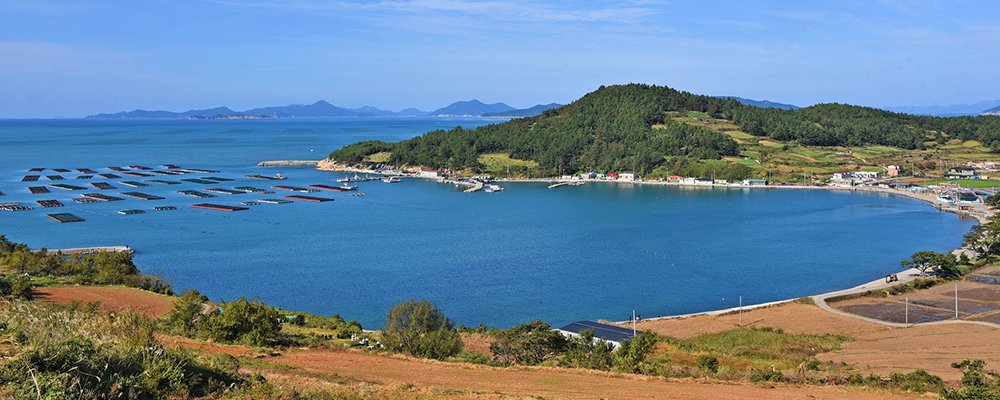
Cheongsando Island
Cheongsando Island became the first Asian Slow City in 2007. Surrounded by mountains and the sea, it is connected to Geomundo Island in the east, Soando Island in the west, Jejudo Island in the south, and Sinjido Island in the north. The island's Slow Roads link neighbouring villages, offering walking paths for visitors. The island also features the terraced rice paddies.
Jeungdo Island
Also named a Slow City in 2007, Jeungdo Island in Sinan County, South Jeolla Province, boasts the largest salt fields. The Taepyeong Salt Farm allows visitors to experience life in a fishing village. There are around 90 uninhabited islands and islets around Jeungdo Island. At the Wujeon Beach Resort, people can enjoy a magnificent view of the horizon. The mud hopper bridge, which stands in the mudflats, along with the relic of a historical monument and wetland ecology exhibition hall, catches the eyes of travellers.
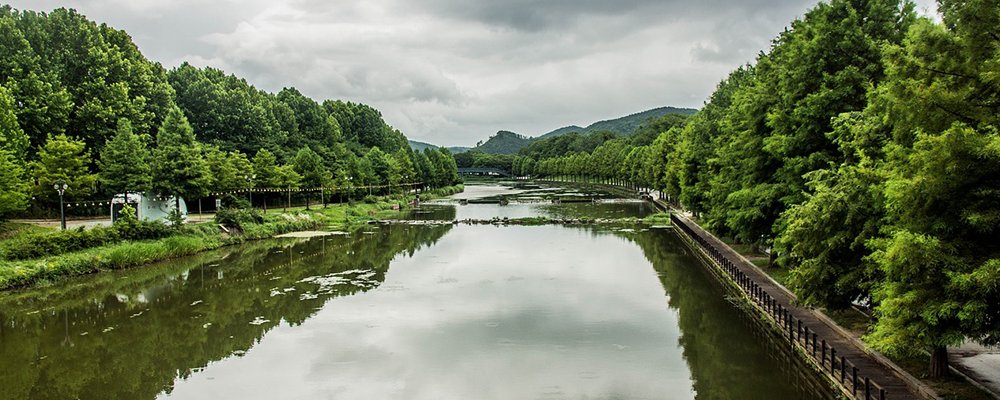
Damyang County
Changpyeong Village in Damyang County, South Jeolla Province, was designated a Slow City in 2007. It enables visitors to experience a slow life and enjoy the city's signature slow foods, such as traditional Korean cookies.
Cittaslow named Jeonju Hanok Village a Slow City in 2010. The village in North Jeolla Province is one of the country's best-known tourist spots and includes some 800 traditional Korean houses or "hanok" connected by traditional narrow alleys. Visitors can enjoy traditional Korean food, such as Jeonju "bibimbap," a dish made of rice mixed with various vegetables, meat, and chilli pepper paste.
Hadong County
Agyang Village in Hadong County, South Gyeongsang Province, became the fifth Korean city on the list of Slow Cities in 2009. Mount Jiri and Seomjin River are the village's natural assets. The village is well-recognized for its time-honored wild tea field, which has been in existence for more than 1,300 years.
North Gyeongsang Province
Cheongsong County in North Gyeongsang Province is home to green pine trees. Due to its well-preserved natural resources and villagers' slow lifestyle, Cheongsong was designated a Slow City in 2011. The village is renowned for its traditional crafts made from natural dyes, traditional mulberry papers or "hanji," and earthen pottery or "onggi."
Sangju, in North Gyeongsang Province, joined the Slow Cities list in June 2011. The city has a unique mixture of urban and rural features. It is clean and eco-friendly, with fertile fields and abundant water supply from the Nakdong River. Agriculture is still a key sector, producing high-quality rice, dried persimmon, silkworm cocoons, beef, pears, and grapes.
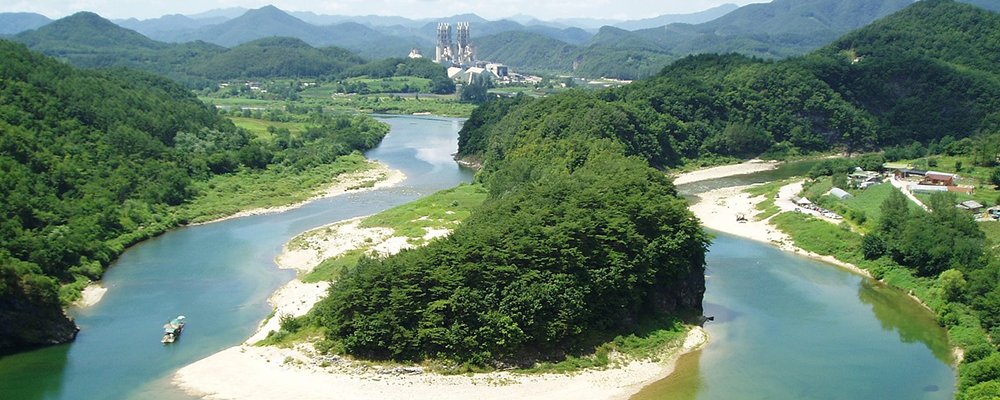
Others in the Network
Daeheung Village in Yesan County has beautiful scenery and stone walls alongside the Yedang Reservoir. It was also home to the legendary "Good Brothers," the brothers Yi Seong-man and Sun, during the Joseon Kingdom. Many people in the village still hold ancestral rituals, which may have helped the village become a Slow City. Yesan's speciality foods include slow foods made with carp and other freshwater fish from the Yedang Reservoir.
Yeongwol County in Gangwon Province is renowned for rafting on the Donggang River and the Byeolmaro Astronomical Observatory. The county has a rich cultural history; one of its residents was Kim Satgat, Joseon's famous wandering poet, whose real name is Kim Byeong-yeon. The village is widely recognized not only for its spectacular mountain views, valleys, and cultural assets, which inspired the famous poet.
The Cittaslow Korea Network now operates certification courses to foster professional Cittaslow citizen instructors. So far, 40 people have been appointed as Cittaslow citizen instructors: 8 from Jeonju, ten from Gimhae, five from Mokpo, six from Hadong, 6 from Taean, and five from Cheongsong. They are helping to disseminate the Cittaslow movement to citizens in other towns across the country.
 Andy Probert is an independent journalist based in Turkey. He writes about travel, aviation, new tech and business. His work has appeared on the BBC, in The Daily Telegraph, Hurriyet Daily News and other newspapers worldwide.
Andy Probert is an independent journalist based in Turkey. He writes about travel, aviation, new tech and business. His work has appeared on the BBC, in The Daily Telegraph, Hurriyet Daily News and other newspapers worldwide.

